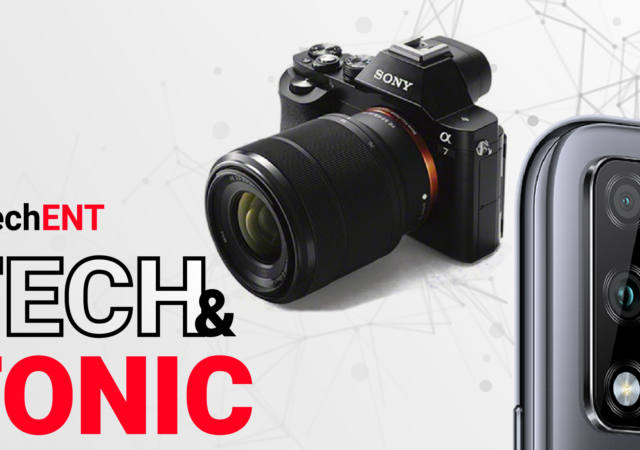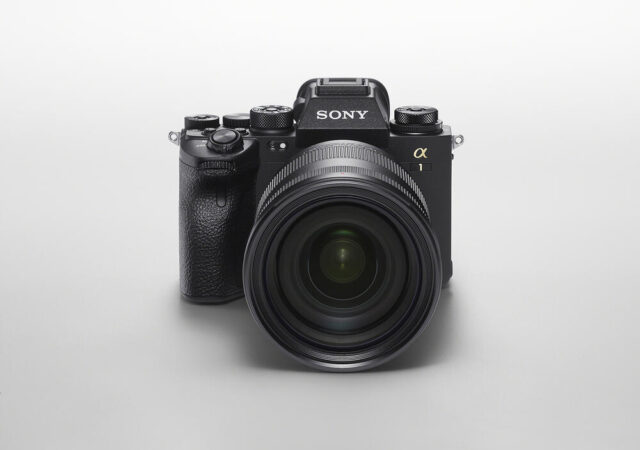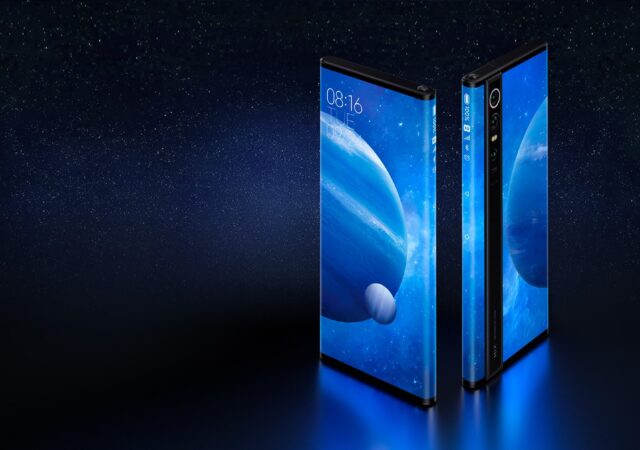With smartphone cameras getting better and better, is there still space for DSLR and mirrorless cameras? We’re talking about it on the Tech & Tonic Podcast.
The New Sony Xperia PRO is the 5G solution for Professionals
Sony launched their Xperia PRO smartphone alongside the Sony α1 camera. The new flagship spec smartphone is the ultimate content creator device at US$ 2,499.
[UPDATE] Sony Launches the Alpha 1 – the New Benchmark
When the world marvel over Canon’s new EOS R5, partly because of its 8K video recording capabilities, everyone expected Sony to do the same with their high-end video hero, the Sony Alpha (α) 7S III. They stuck to their ways…
[Update] The New Sony Alpha 7C (α7C) – Mirrorless Full-Frame is Now Lighter, Smaller, and More Affordable at MYR 8,399!
Sony just launched their brand-new Alpha 7C, the lightest and smallest full-frame camera in the world; most affordable too.
Xiaomi Mi Mix Alpha Delayed Indefinitely
The foldable smartphones craze has not died down just yet. The shown concept of the Samsung Galaxy Fold that was launched late in 2019 last year gave birth to a lot more foldable smartphone concepts out there. One of the…







